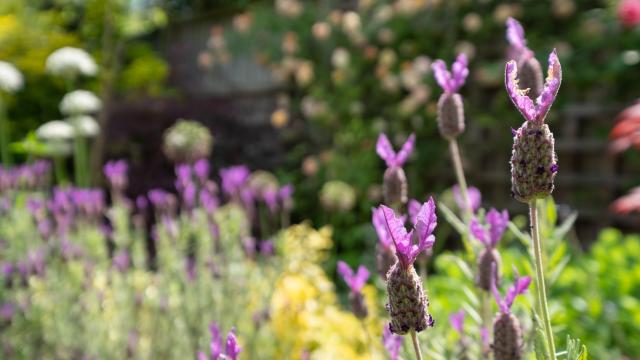During the early days of the COVID-19 pandemic, many people turned to gardening as a way relax, learn a new skill, grow their own food, and/or make their home or yard more attractive.
But now, nearly three years later, their lives may look a lot different — perhaps leaving them without the time to spend tending to their garden. Others may still have the time, but now are more interested in filing their yard with plants native to their area.
Regardless of the reason, if you’ve had a garden in the past, there’s no rule saying you have to keep it up in perpetuity. If you’re ready to let it go, ungardening may be the solution for you. Here’s what to know.
What is ‘ungardening’?
Also known as rewilding, “ungardening” refers to encouraging native plants to grow in your once-well-kept garden. Like a bee lawn or wildflower garden, the idea is to give the land the opportunity to live a more authentic life, supporting the kinds of plants and (eventually) other wildlife that it did before humans entered the picture.
The goal is an outdoor space that maximizes natural resources, and, as a result, is much lower-maintenance than traditional lawns and gardens.
How to ungarden an outdoor space
The first thing to know about ungardening is that it involves more effort than simply neglecting your current garden and waiting for something else to grow in. While native gardens are less maintenance than carefully cultivated ones, they do require some initial planning and work.
Here’s what to do:
- Do some research: Before getting started, find out which plants are native to your area.
- Remove any invasive species: Some people also remove non-invasive non-native plants from their yard, but if nothing else, get rid of anything invasive.
- Come up with a plan: Many different factors are at play in a native garden, so take the time to figure out what would work together as an integrated system, taking everything from pest control, to pollination, to irrigation into account.
- Install native plants: Ideally, bees and other pollinators will help them spread and grow.
- Make it appealing to local wildlife: Ensure there’s food, water, and a proper habitat for any wild animals and birds you’d like to move in.
- Have patience: The process doesn’t happen overnight. In fact, it will take years to fully develop, though much of it is hands-off.
If anything comes up along the way, your local extension office can be a great resource.

Leave a Reply
You must be logged in to post a comment.